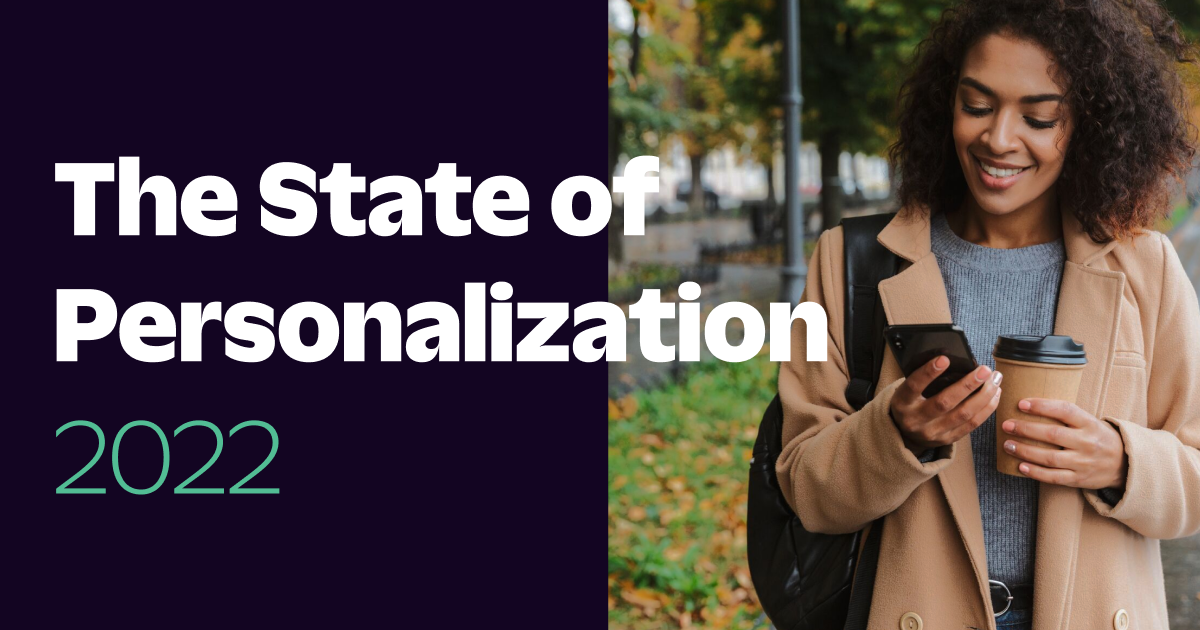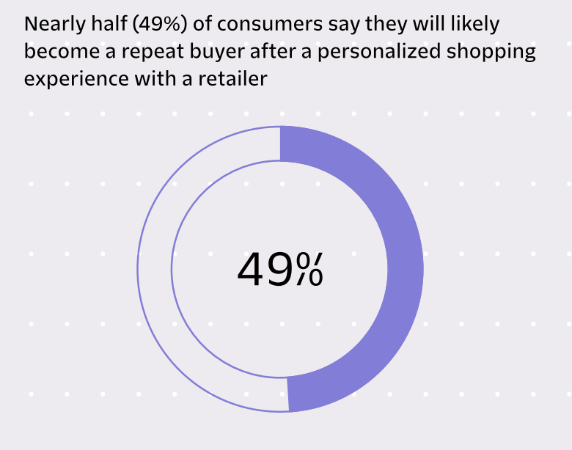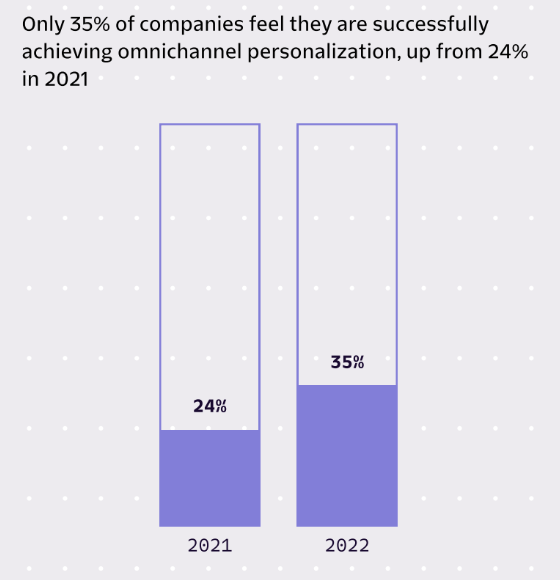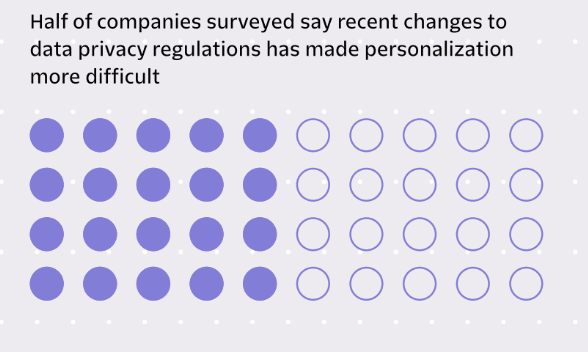Announcing The State of Personalization 2022
Our annual look at how attitudes, preferences, and experiences with personalization have evolved over the past year.
Our annual look at how attitudes, preferences, and experiences with personalization have evolved over the past year.

Today, we’re excited to share the findings of our third State of Personalization report.
When we released this report last year, it was readily apparent how quickly consumer expectations and behaviors were evolving. As a result of the pandemic, we saw unprecedented and unforeseen growth across digital channels.
This has set a high bar for businesses and their digital experiences. Once a luxury only afforded to best-of-breed companies like Amazon and Netflix, personalized customer engagement has become table stakes.
So, how are businesses doing?
Twilio Segment surveyed nearly 3,500 businesses and consumers worldwide to analyze their attitudes, expectations, and experiences when it comes to personalization. In doing so, it tells a compelling story about how consumer behaviors changed over the past 12 months, and how businesses reacted.
One trend from this year's report is clear – consumers are rewarding businesses who are getting personalization right.
These efforts may include personalized product recommendations, relevant offers and discounts, or a seamless experience across all channels (website, mobile, social media, etc.).
Our survey showed nearly half of consumers reported that personalized online experiences are vital to winning their ongoing loyalty.

Last year, the majority of businesses we surveyed reported that their omnichannel strategy was not fully in place.
While the situation has improved in 2022, many shared that their omnichannel readiness is being limited due to technological and organizational constraints.

Government regulations such as the GDPR, and recent moves from the likes of Google and Apple, have ignited a global debate about data integrity.
For years, brands have relied on third-party cookies to track users across the web before serving them personalized ads. While third-party cookies, in some cases, have improved advertising efficiency, they have also led to a decline in consumer trust. More than ever, consumers are rightly concerned with their privacy.
As the death of third-party cookies grows near, businesses are turning to a better option – first-party data (data collected about a business's own interactions with its customers).

The main takeaway from the State of Personalization 2022?
Consumer attitudes toward privacy and personalization continue to evolve at a rapid pace.
In response, business leaders are taking steps to ensure customer data is collected in a secure manner in order to deliver the rich experiences that consumers expect.
For a deeper look into our findings, you can read the full report here.

Our annual look at how attitudes, preferences, and experiences with personalization have evolved over the past year.